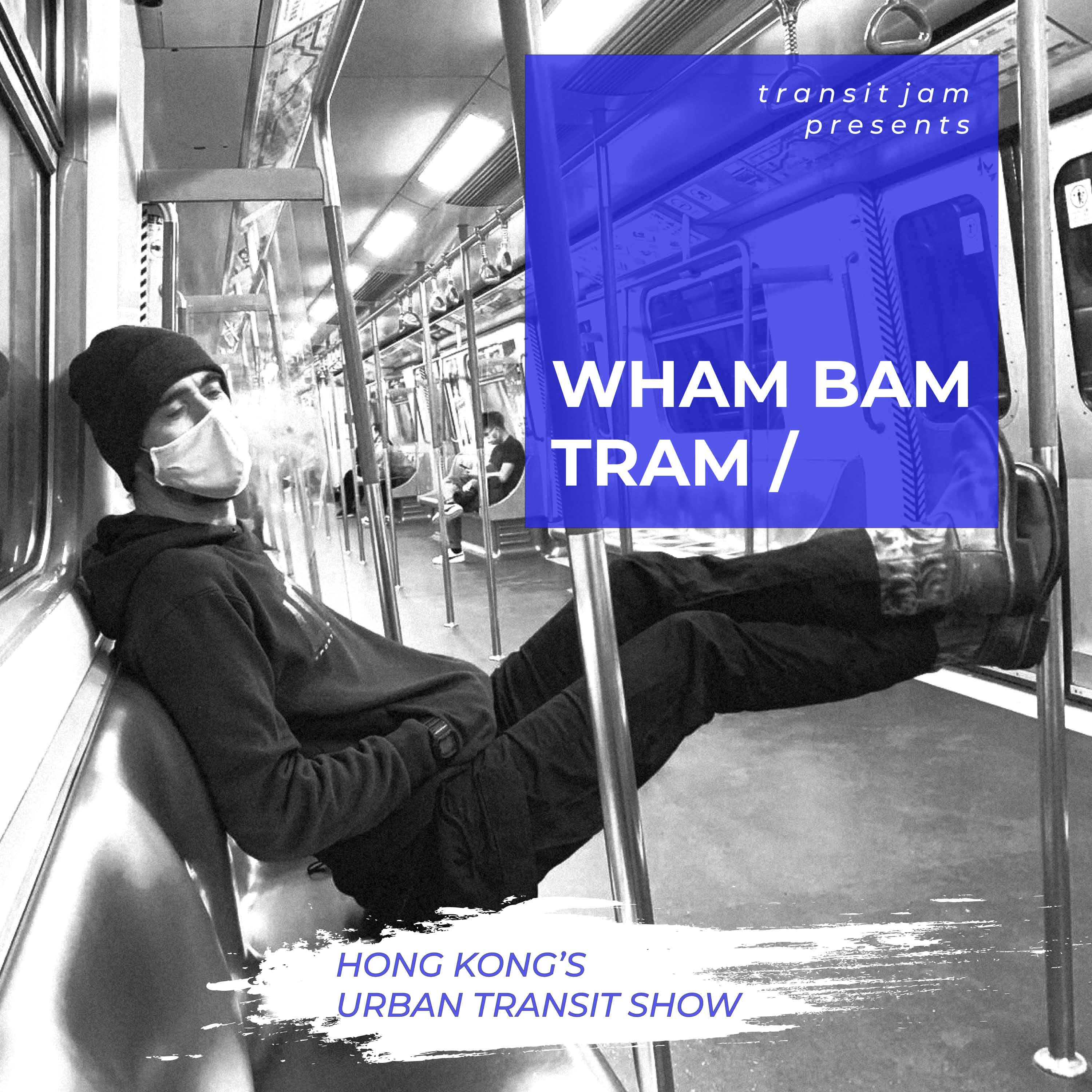
While new electric ferries like this 30-seat electric hydrofoil shuttle from Sweden or the 297-seat Rygerelektra from Norway (below) are transforming waterways, the Hong Kong government says there are no suitable ferries on the market and has designed its own electric ferries, keeping designs for the taxpayer-funded $350 million project secret and allowing three favoured ferry companies to tender construction to their own preferred suppliers
The government has refused to divulge details of three new electric ferries it designed and will buy for three ferry firms, while one of the state-owned beneficiaries of the $350 million scheme has claimed only companies on its “pre-qualification list” may see the tender documents.
The bespoke electric ferry tenders for three firms – state-owned CKS Fortune, Coral Sea and state-owned Sun Ferry – were announced last week in three separate notices on the firms’ websites and are part of the 2017 electric ferry strategy cooked up by ghost consultant Transus to trial electric ferries for short-hop harbour routes.
Under the scheme, the Environment Protection Department (EPD) will fully fund a 400-seat electric ferry for Sun Ferry for its North Point to Hung Hom route; a 180-200-seat electric ferry CKS Fortune for its “water taxi” route between Kai Tak, Hung Hom, Tsim Sha Tsui East, Central and West Kowloon; and a 241-seat electric ferry for Coral Sea for its Sai Wan Ho to Kwun Tong route.
Star Ferry’s iconic Central to Tsim Sha Tsui route was also slated to receive a ferry under the scheme but has so far made no announcement.
The ferry firms are supposed to tender out the construction of the government-designed electric ferries, with decisions on manufacturers being made later this year.
Of the three firms asked for more information of their tendering process and the tender documents, CKS Fortune did not respond, while Coral Sea and Sun Ferry both replied with exactly the same phrase, claiming “we could provide tender documents to shipyards which are interested in bidding the subject tender ONLY”.
Sun Ferry underlined “ONLY” in its email, but otherwise the two statements from the companies were identical, suggesting some collusion or discussion at a group level on how to respond to the journalistic request.
“Our pre-qualification list is the ship building yards,” added Sun Ferry on further questioning.
Sun Ferry did not respond to questions on the extent or geographical location of companies on its pre-qualification list.
In a phone call, EPD Information Officer Carmen Lee denied the EPD even had access to the documents themselves. “They are issued by the companies, we don’t have copies,” she said. “You need to contact them.”
But this contradicts earlier statements from former Environment Secretary Wong Kam-sing, who last July told lawmakers the government would design the ferries and have the ferry firms tender out construction based on that government design.
Wong said there would be an expert committee reviewing and assessing the designs before they were sent to the ferry firms for tender. As such, EPD would be the creator of the blueprints it now claims not to hold.
Wong also told LegCo a bespoke design was needed due to “limited application of electric ferries globally at the moment”.
But even last year Wong’s statements were already out of date. In Norway, the carbon fibre Rygerelektra can cruise 93 km at 17 knots (31.4 kph) on 70% of its 2MWh battery capacity, all while carrying 297 passengers. Rygerelektra’s range means it could run around 45 round-trips across Victoria Harbour on one charge.
“This vessel is breaking barriers for environmentally conscious transportation and serves as a testament to what is possible with all-electric propulsion,” says its maker Brødrene Aa.
Hong Kong’s electric ferry strategy is based entirely on one 2017 consultancy report penned by mystery consultant Transus, a firm which has left no trace of its existence other than the ferry strategy report.
Transus, which could not be reached as it does not exist, then recommended electric ferries as unsuitable for longer island routes, claiming only diesel hybrid technology would cope with the distances involved.
As such, the government is funding $2.5 billion in mainly diesels and diesel-electric ferries for routes such as Central-Yung Shue Wan, with the $350 million electric ferry scheme reserved for the shorter routes.
EPD did not answer questions on how Transus was selected to be the sole voice on Hong Kong’s electric ferry scene and why it had taken five years since the report to begin procuring ferries.
EPD has also deleted details of the Transus consultancy contract from its website and will not provide further information on the value of that consultancy contract.
Categories: Policy






